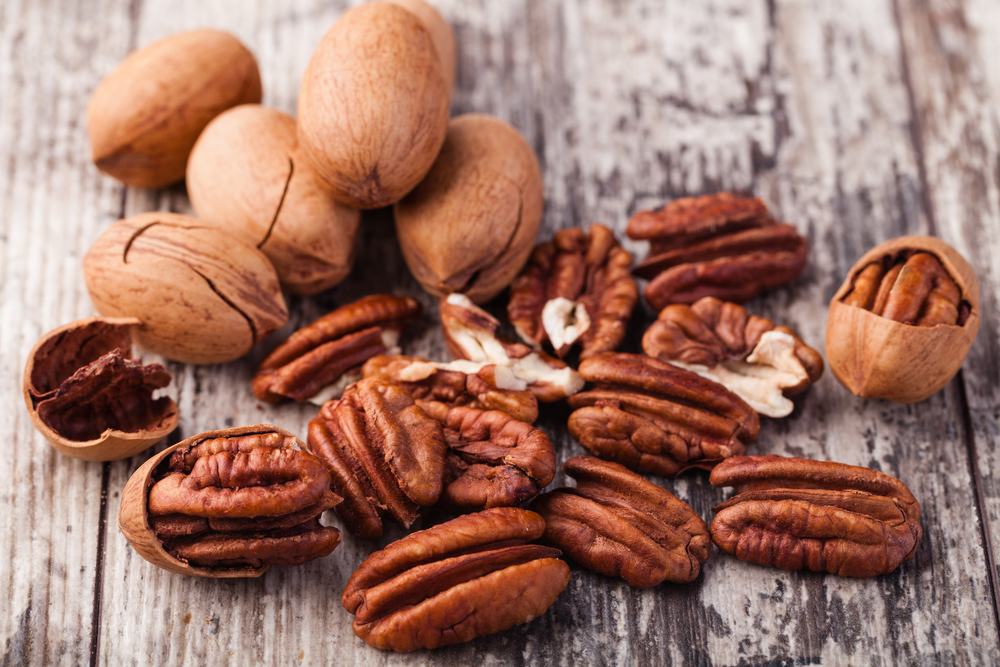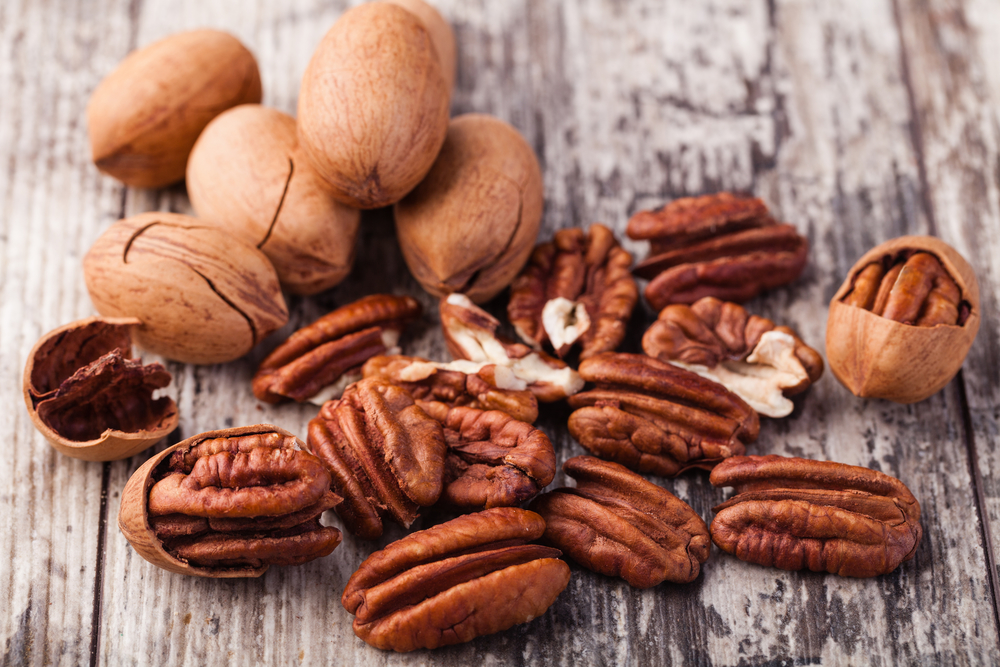By Clint Thompson

Lenny Wells’ words of wisdom to potential pecan producers is simple: Know your costs of production. The University of Georgia Extension pecan specialist stresses to growers interested in starting their own orchards to familiarize themselves with input costs.

“It was expensive before, but now with the increase in input costs, like everything, it’s gone way up. As painful as it was before to have to wait a few years to see any return, it’s going to be even worse now,” Wells said. “They definitely need to be aware of that.”
Growers may have to wait as long as 8 to 10 years before any newly-planted tree starts yielding fruit. Producers may not have the luxury of waiting for a return on an investment that will also vary from season to season.
Pecans are an alternate bearing crop, meaning one year they will produce a heavy crop load likely followed by a very light year. That was evident in Georgia this past season when it produced an estimated 70 million pounds, which followed 147.5 million pounds in 2020.
This could be a reason that newly-planted orchards have slowed in recent years.
“It’s slowed down. There are still growers planting trees, but it’s slowed down a lot from what it was,” Wells said. “Before, you were having to book trees with a nursery sometimes two years in advance to get the trees you wanted, and now you can pretty much get what you want. It’s slacked off some, but there’s still significant acreage being planted.
“We haven’t really done any surveys in the last year or so to see how much it’s fallen off, but just based on the nursery sales we know it’s dropped off quite a bit.”











